
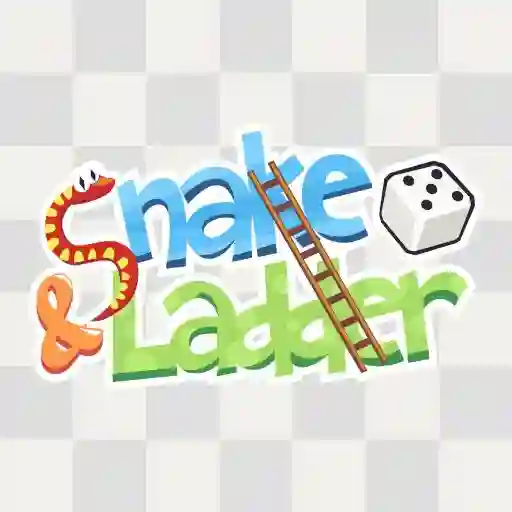





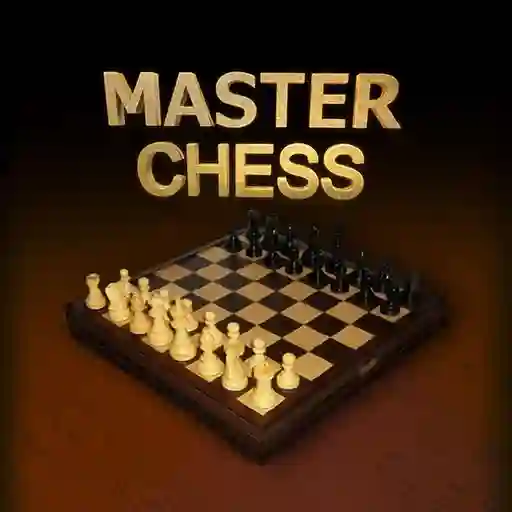
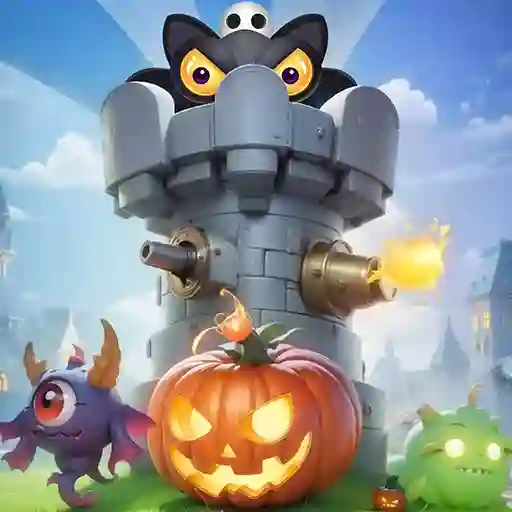

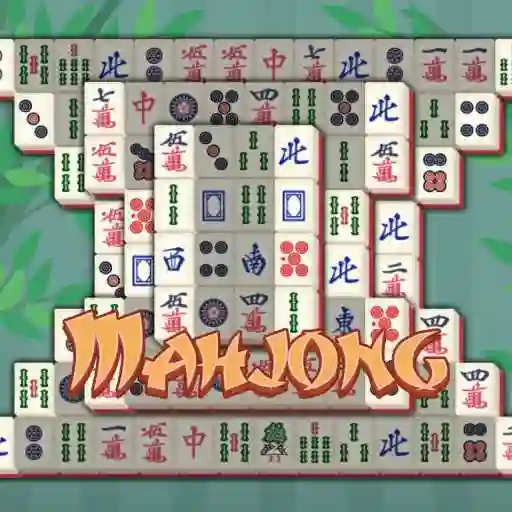

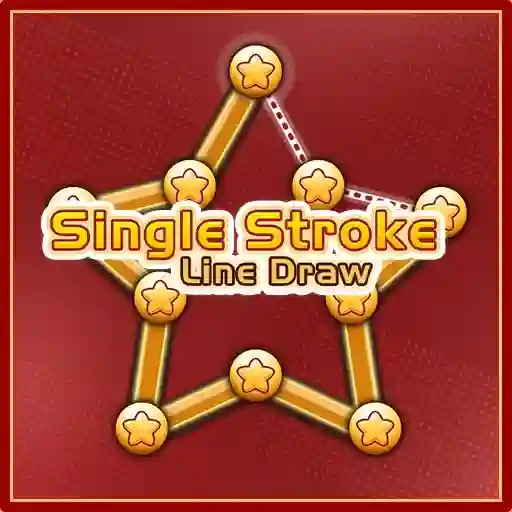
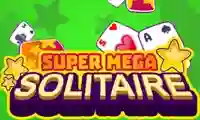

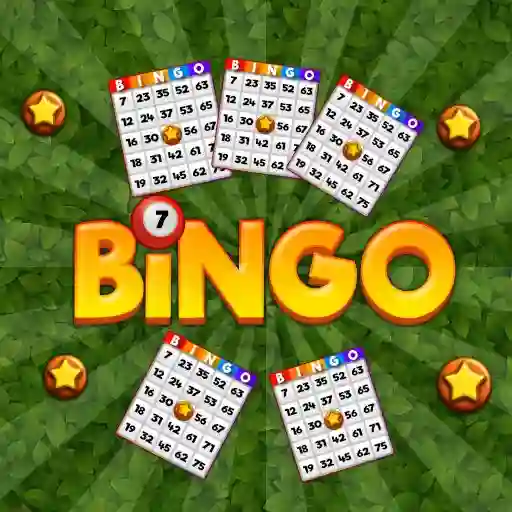

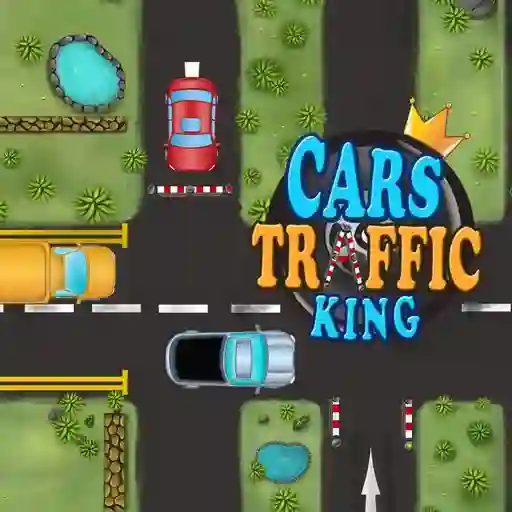
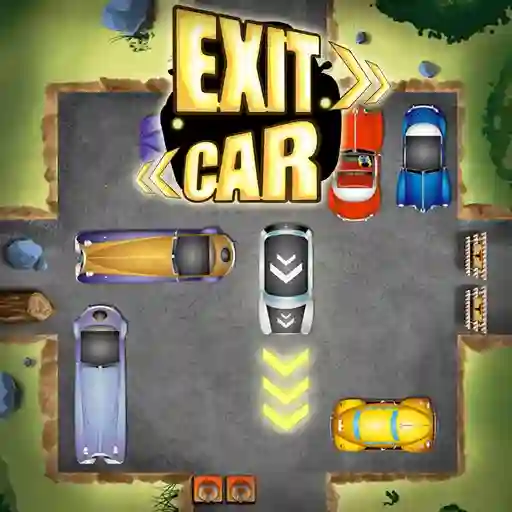


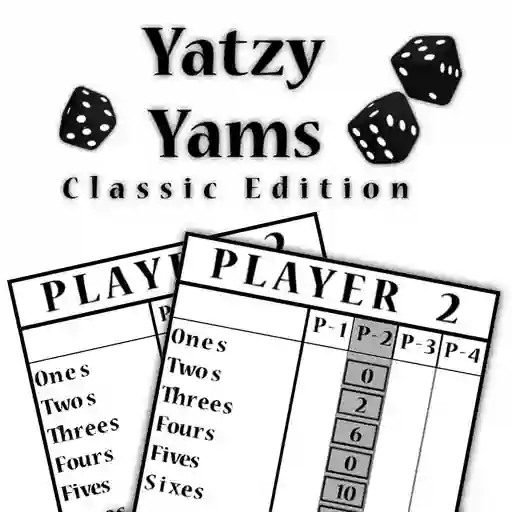

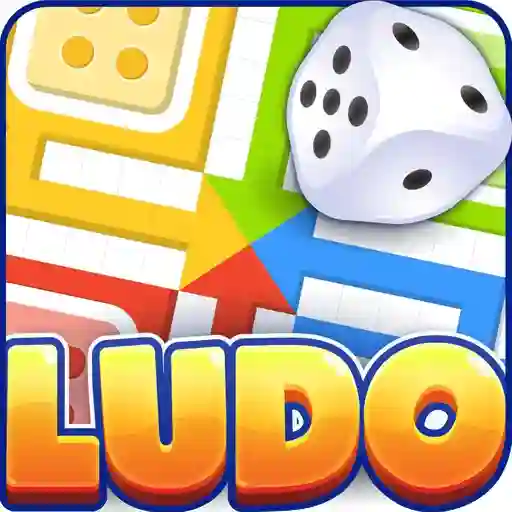
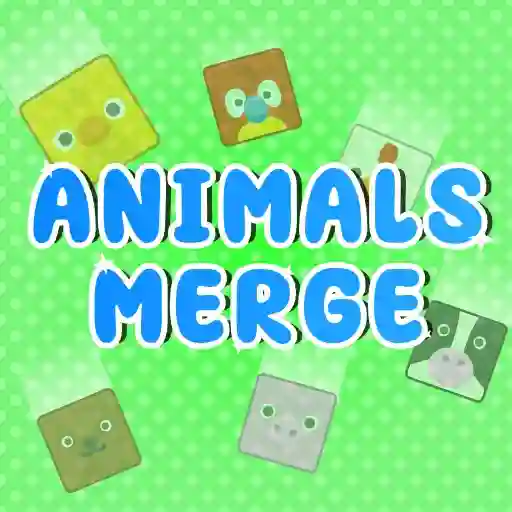


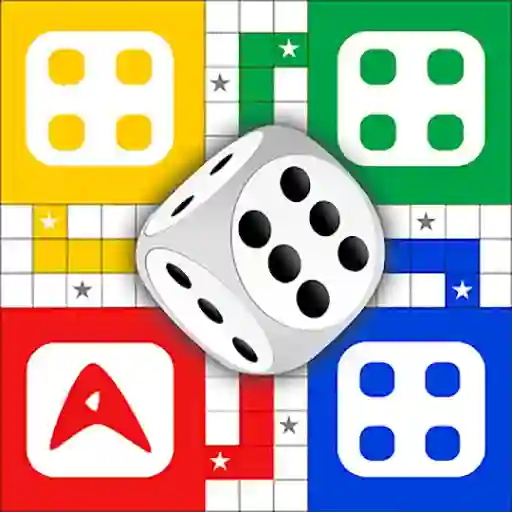
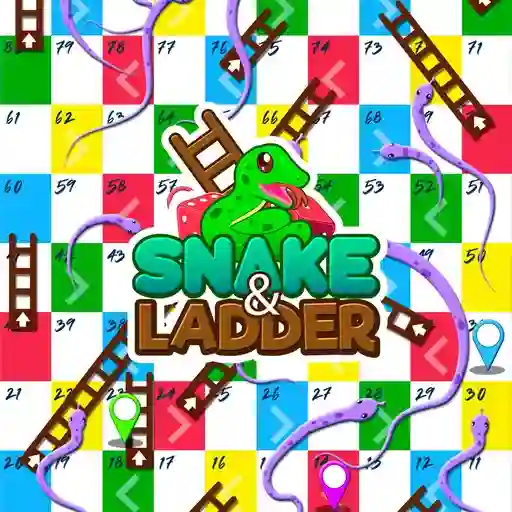
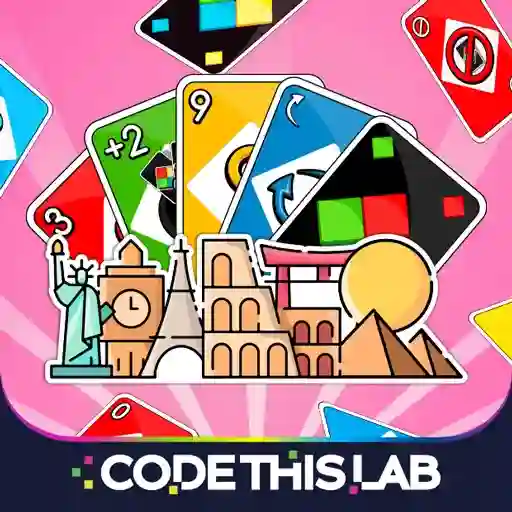
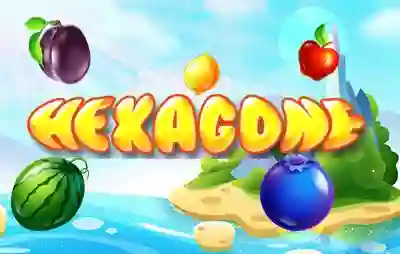
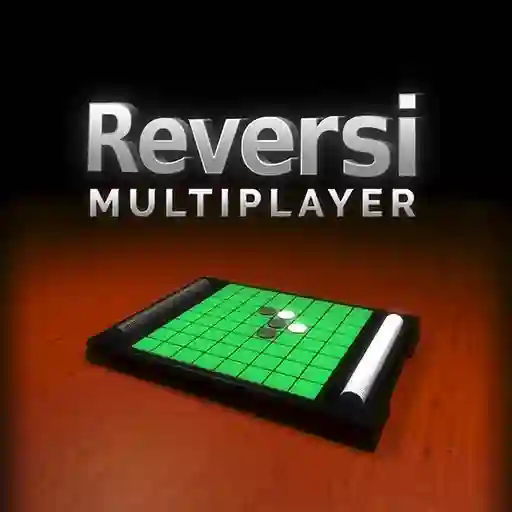

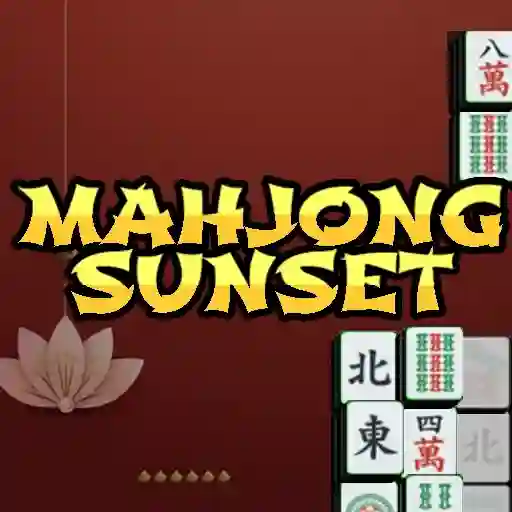


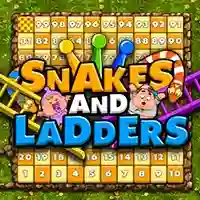
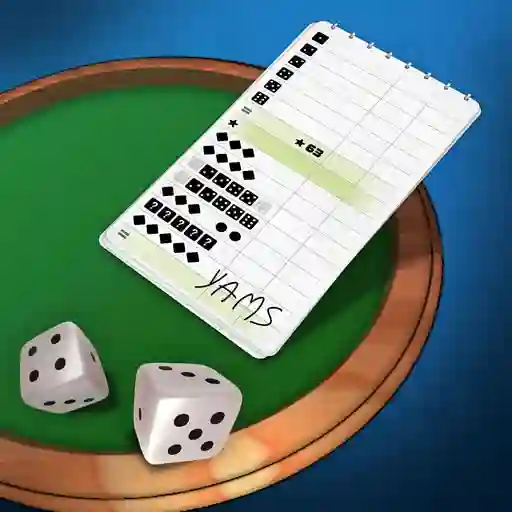
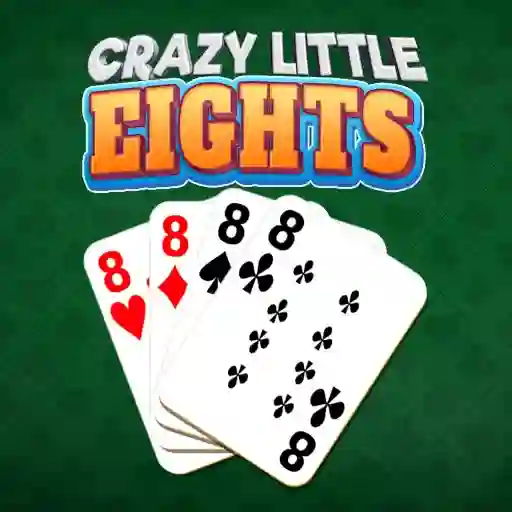
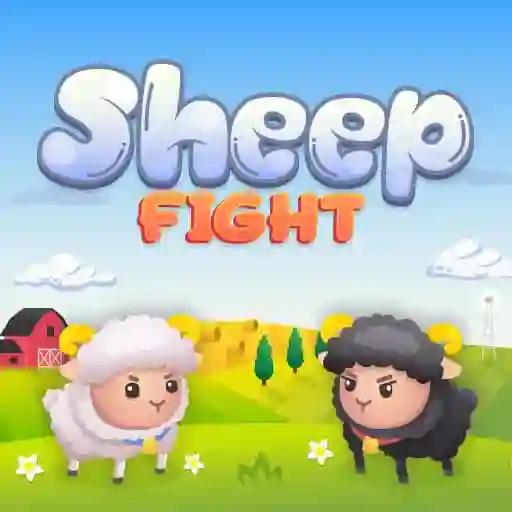
Board games are tabletop games played on a physical board with defined rules, pieces, and objectives. Players interact with the game through movable components, such as tokens, dice, or cards, aiming to achieve specific goals like reaching a destination, collecting resources, or eliminating opponents. Board games often combine strategy, creativity, and luck, offering a wide range of experiences from casual family fun to complex competitive play. Popular examples include classics like Monopoly, Chess, Scrabble, and modern favorites like Catan, Pandemic, and Gloomhaven.
Key features of board games: • Physical interaction with game components • Structured rules that guide gameplay • Social interaction with other players • Replayability due to variable setups or outcomes • Thematic immersion through art, story, and design
1. What is the best board game for families?
The best family-friendly board game depends on the age and preferences of the players. Candy Land or Chutes and Ladders are great for young children, while Ticket to Ride or Settlers of Catan are excellent for older kids and adults.
2. How long does it take to learn a new board game?
Learning time varies from 15 minutes for simple games like Uno to several hours for complex games like Gloomhaven. Most games fall in the 30-60 minute range for initial setup and rules explanation.
3. What makes a board game good for parties?
A good party game should be easy to learn, quick to play, and engaging for a large group. Games like Codenames, What Do You Meme?, or Jenga are perfect for party settings due to their high player interaction and fast-paced fun.